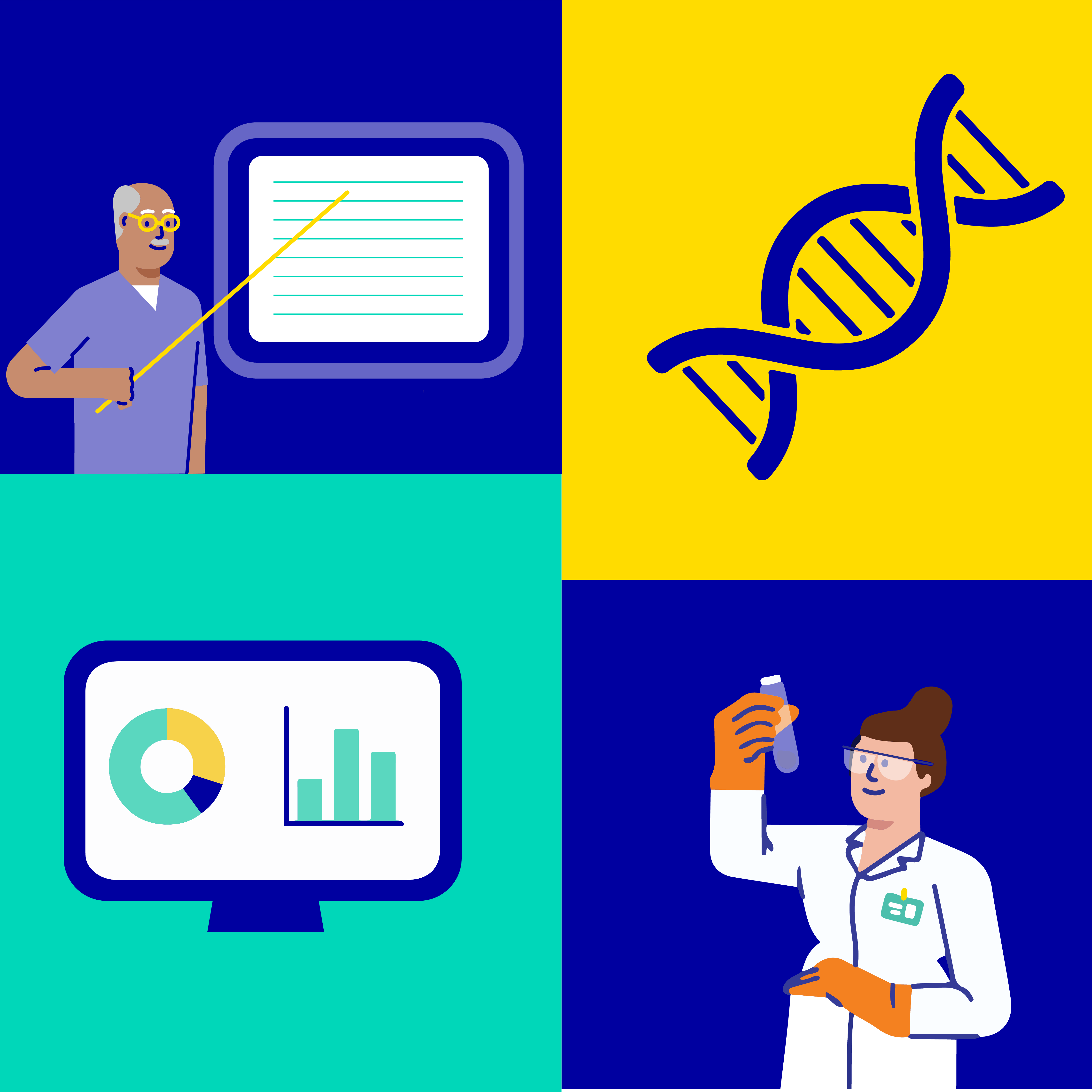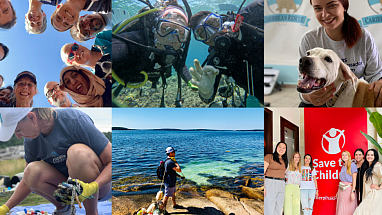By Dr. Abigail Stevenson, Chief Science Officer, Mars
This week the world commemorated International Day of Women and Girls in Science. For me it is an invitation to reflect on both the gaps and the progress we’ve made.
As I look to the UN statistics on artificial intelligence, only 1 in 5 professionals (22%) is a woman. 52% of the global population are women and their perspective in finding break-through solutions seems rather obvious and necessary. Also, if we think about economic value, GDP could be doubled just by increasing women participation in the workforce.
There are many challenges indeed, but I also read so many inspiring stories of women making a difference within science and technology networks... It made me think of the moment I felt my own first spark of interest in science.
When I was about eight years old, I vividly remember creating a crystal garden with my dad. Thinking back, this really was my first scientific experiment. Throughout my life, my dad has been one of my greatest allies, always encouraging my curiosity in science and nature and sharing his love of the natural world (often together with my mum). Together, we’d explore rock pools at the beach, seek out the bugs in fallen trees and experience the wild landscapes and seabird colonies of Shetland in Scotland – embracing my independent streak and enthusiastic outbursts at times!
It seems like yesterday when I carefully measured out the different colored salts using weighing scales and a small spatula – purple, blue, green – following the instructions (my first protocol) very meticulously. I was careful to ensure I added just the right amount of water, then dangling the cotton threads from the lid of the small aquarium so that the crystal structures could grow up them, creating an amazing underwater crystal garden.
I monitored their progress for days on end, curious to learn more about how and why the multicolored structures grew and the shapes they created. Little did I know that the scientific principles I was exploring would end up forming such a critical component of my future career. Eight-year-old me would never have imagined this experience would be such a catalyst for my future career and that one day I would use these same principles to investigate the factors contributing to urinary crystal and stone formation in cats and dogs, paving the way to understanding the role nutrition plays in their formation and dietary management. After all crystals need a supersaturated solution, whether that’s a crystal garden — or the urine sample from a cat.
From that early age and throughout my career, I’ve continued to explore the connections between science and our biggest challenges, leveraging science principles to solve problems and spark new solutions in areas such as food safety, health and wellbeing and sustainability. Yet the world is facing bigger and more urgent challenges than ever before, and as scientists our role in working together to explore and understanding problems, bringing forward novel connections and fresh insights that fuel new solutions has never been more critical.
I am so excited to witness Mars scientists rising to this challenge. We are working collaboratively in multidisciplinary project teams across our segments, sharing ideas and insights, exploring opportunities together, and blending conventional thinking with emerging capabilities. One great example is our use of data analytics and artificial intelligence to generate novel connections that fuel innovative approaches to science discovery and problem solving.
I’m grateful that my dad always encouraged my curiosity in science and nature. It’s what sparked my future career path. If you know a girl interested in science, fuel her curiosity, help her actively seek out role models and to really take notice of her allies – both men and women. She may not realize it, but they are probably all around her. For many years I didn’t see them – and I reflect now on the important role they each played in sparking my early love of science and supporting me throughout my career. Every one of us together can lift each other up. The future of science at Mars is bright – together we are fueling new sparks of discovery that are transforming the future.















